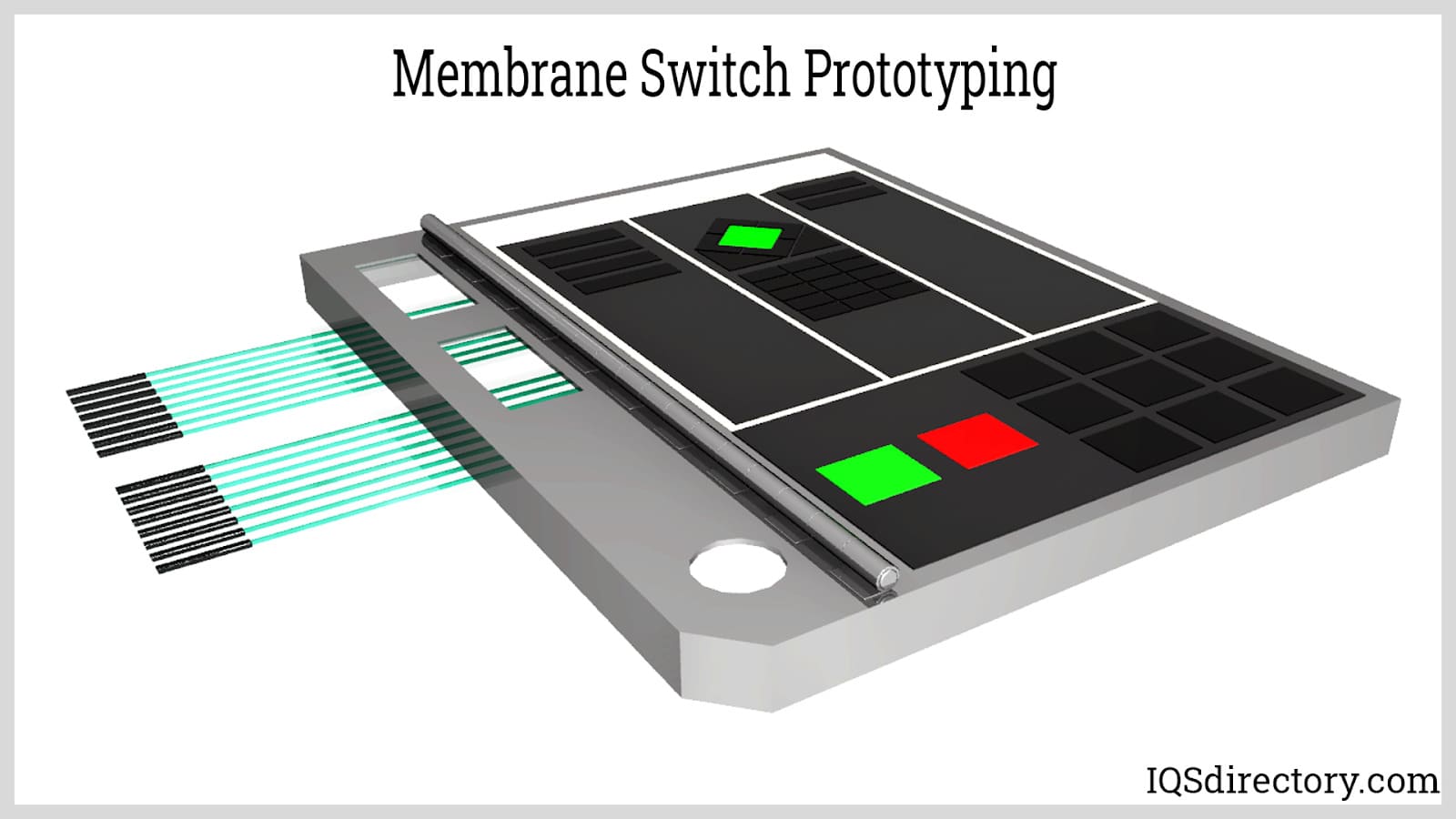Vital Functions to Search For When Choosing a Membrane Switch
Vital Functions to Search For When Choosing a Membrane Switch
Blog Article
Understanding the Performance of Membrane Layer Switches Over for Individual Interface Devices
The performance of membrane changes stands for a considerable advancement in customer interface design, incorporating efficiency with visual flexibility. As markets significantly prioritize individual experience, comprehending the subtleties of membrane button modern technology becomes necessary.
What Are Membrane Layer Switches?
Membrane buttons are ingenious user interface tools that promote user interaction with electronic equipment. These versatile elements include several layers, including a graphic overlay, spacer, and a printed circuit layer. The style permits a seamless combination into different electronic gadgets, improving both the aesthetic and functional aspects of user interfaces.
Membrane switches are commonly used in a vast array of applications, from house devices to commercial equipment and medical devices. Their construction generally features a slim account, making them an excellent selection for small designs. The tactile responses offered by these buttons can be engineered to meet details user choices, making certain reliable communication between the customer and the gadget.
Toughness is an additional substantial benefit of membrane buttons, as they are immune to dust, dampness, and chemicals, which improves their lifespan popular settings. Furthermore, these switches can be tailored in terms of form, dimension, and graphic layout, permitting branding and user-specific features. Generally, membrane switches over represent a practical option for enhancing customer experience in electronic tools, integrating capability with aesthetic allure in an effective manner.
Exactly How Membrane Changes Job
Operating on a simple principle, membrane switches over use a split construction to sign up user input successfully. Each switch contains numerous layers, including a published circuit layer, a spacer layer, and a leading visuals layer, which are developed to collaborate perfectly. When a customer presses the top layer, it compresses the spacer layer, bringing the conductive components of the circuit layer into contact with each various other.
This contact creates a shut circuit, signifying the device to carry out a specific function. The style permits various setups, consisting of responsive feedback, which can improve the individual experience by giving a physical sensation upon activation. The materials utilized in membrane layer buttons frequently include versatile substratums, such as polyester or polycarbonate, which make certain sturdiness and strength versus damage.

Key Benefits of Membrane Layer Switches

One more significant benefit is their compactness. Membrane layer switches are slim and light-weight, which enables manufacturers to conserve space in their tools without compromising functionality. This attribute is particularly beneficial in applications where weight and quantity are vital factors to consider.
Furthermore, membrane buttons are immune to dirt, moisture, and chemicals, improving their sturdiness. This resilience prolongs their life-span and reduces the requirement for frequent substitutes, resulting in expense savings with time.
Furthermore, the responsive feedback offered by membrane layer buttons can be optimized to improve customer interaction. They can consist of features such as increased switches or audible clicks, enhancing use and user experience.
Applications Throughout Industries
Customer interface gadgets making use of membrane switches are common in a vast range of sectors, showcasing their adaptability and functionality. Membrane Switch. In the clinical industry, membrane layer buttons are important to gadgets such as analysis equipment and client tracking systems, where their longevity and ease of cleaning are vital for keeping hygiene standards. In the automobile market, these buttons are utilized in control panel controls and infomercial systems, providing a streamlined and contemporary user interface for users.
Moreover, the consumer electronics market advantages from membrane switches in appliances and handheld devices, where portable layout and straightforward user interfaces enhance user experience. Industrial applications also leverage membrane switches over for control board in equipment and automation systems, highlighting their robustness and resistance to harsh settings.
In the aerospace and he has a good point protection markets, membrane switches are made use of in cabin controls and devices, where reliability and efficiency under extreme problems are extremely important. Furthermore, the video gaming industry significantly integrates membrane buttons in controllers and game devices, adding to an interesting individual experience. In general, the versatility of membrane layer changes enables their prevalent use throughout many markets, emphasizing their relevance in modern customer interface design.
Future Fads in Membrane Switch Over Innovation

In addition, the usage of innovative products, such as polycarbonate and polyester movies, is anticipated to climb, providing enhanced longevity and resistance to environmental stressors. These materials add to the general long life of membrane layer buttons, making them suitable for harsher industrial applications.
Additionally, the incorporation of clever technology, including IoT connection, will enable membrane switches to interact with various other gadgets and systems, promoting an go extra interactive customer experience. This fad aligns with the growing demand for smart devices across various sectors, from healthcare to consumer electronics.
Lastly, customization options are prepared for to increase, permitting suppliers to develop bespoke solutions customized to certain individual Find Out More needs and preferences. These developments will position membrane buttons as essential elements in the development of interface modern technology.
Verdict
In verdict, membrane changes represent an essential advancement in individual interface modern technology, providing a trusted and functional service for varied digital applications. As improvements in product science and touch noticing modern technologies continue, the performance and applicability of membrane layer switches are anticipated to expand, strengthening their value in modern electronic gadgets.
Report this page